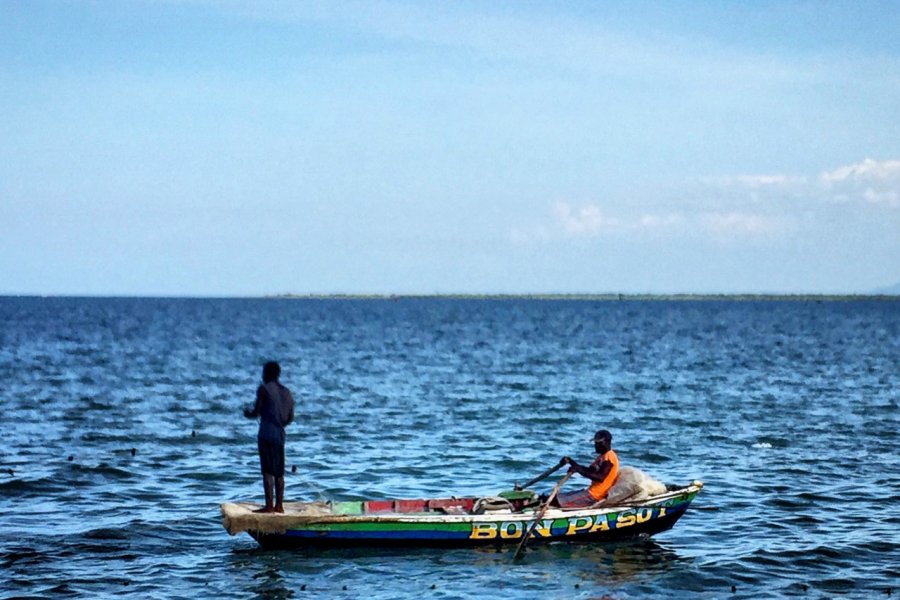Travel Guide Cap-Haïtien
Find an accommodation
Advertising
Cape Haitien is sometimes called the "Paris of the Antilles" for its more Latin atmosphere than other cities in the country. For this reason, it is a popular destination for the wealthy Haitians in Port-au-Prince. Also called, more colloquially, Le Cap is the second largest city in the country and one of the most dynamic, with its very active port and international airport that provides direct and regular connections with the US. Unlike other provinces waiting for the capital, the Capeis, have learned to live far from Port-au-Prince and do not hurt any more.HistoryTwelve brothers from the Coast from the Turtle settled in 1670 on a site where the Spanish had probably already lived. The latter officially recognized France's grip on the western part of San Domingo by the treaty of Ryswick in 1697, when the first route of the city was carried out - a chess plan - which favored the bay called Petit-Anse, at the expense of the old location of Lower Cape, completely destroyed by the flames three years before.The Cape French - then its name - quickly became the most prosperous and important city in the colony, despite the numerous fires and earthquakes that struck it. This city and its region will serve as a framework for major events in the war of independence: ceremony of Bois-Cayman, arrival of Sonthonax, landing of the Expedilerc expedition, decisive battle of Verteries. In addition, Toussaint Louverture was slave on the Bréda housing and the future King Henri Christophe worked at a hostel in Cape Town. A few years later, he was crowned in this city, renamed her Cap-Henry but preferred his palace of Sans-Souci.The relative decline of Cape can be explained by the choice that the new Haitian state will make by taking Port-au-Prince as capital and by the earthquake of 1842 which destroyed almost all of the city and resulted in the death of two thirds of its inhabitants.At the end of the nineteenth century, the city is enjoying great growth: a bridge was built linking it to the northern plain (Hyppolite Bridge, 1877 - the name of a capeise president), a more modern wharf, a iron and iron market (Cluny Market, 1897), and the former barracks were transformed into hospitals. The American occupation translates into the countryside through the restoration of the corvée and the establishment of large agri-food companies, and Cape Verde is facing a massive influx of peasants who grew up in the popular districts, while the bourgeoisie earned the areas of Bel-Air and Upper Cape.
What to visit Cap-Haïtien?
Advertising
Weather at the moment
Advertising
Organize your trip with our partners Cap-Haïtien
Transportation
Book your plane tickets
Car Rental
Boat rental
Accommodation & stays
Find a hotel
Holiday rental
Find your campsite
Tailor-made trip
Immersion travel
Services / On site
Activities & visits
Find a doctor












